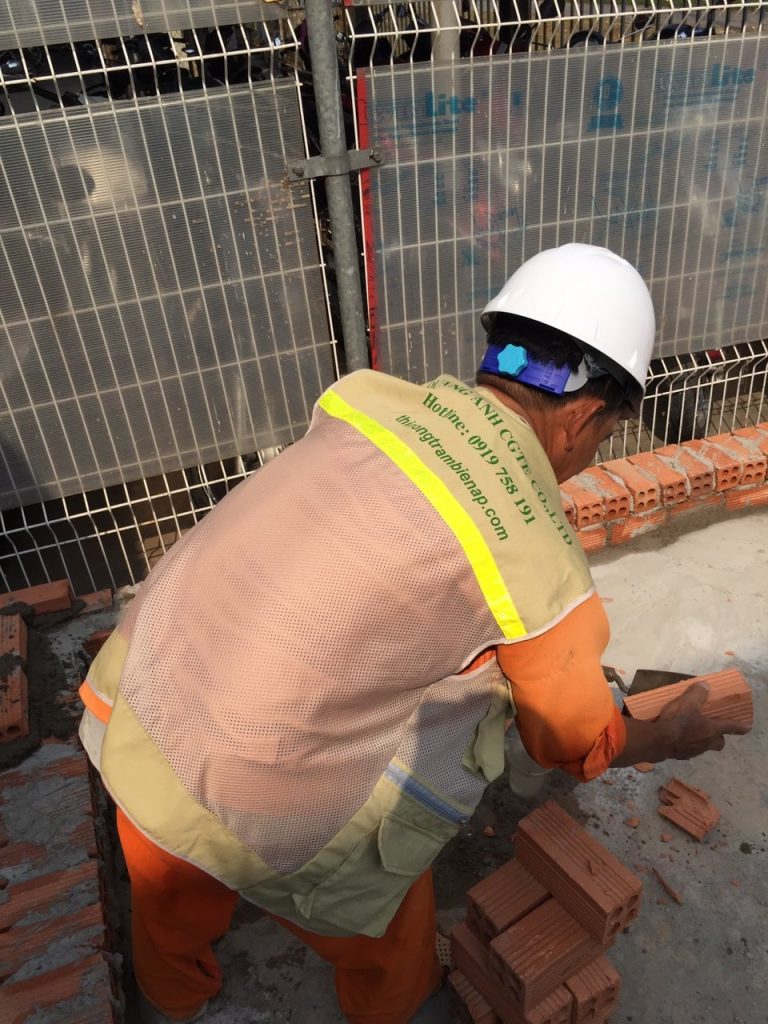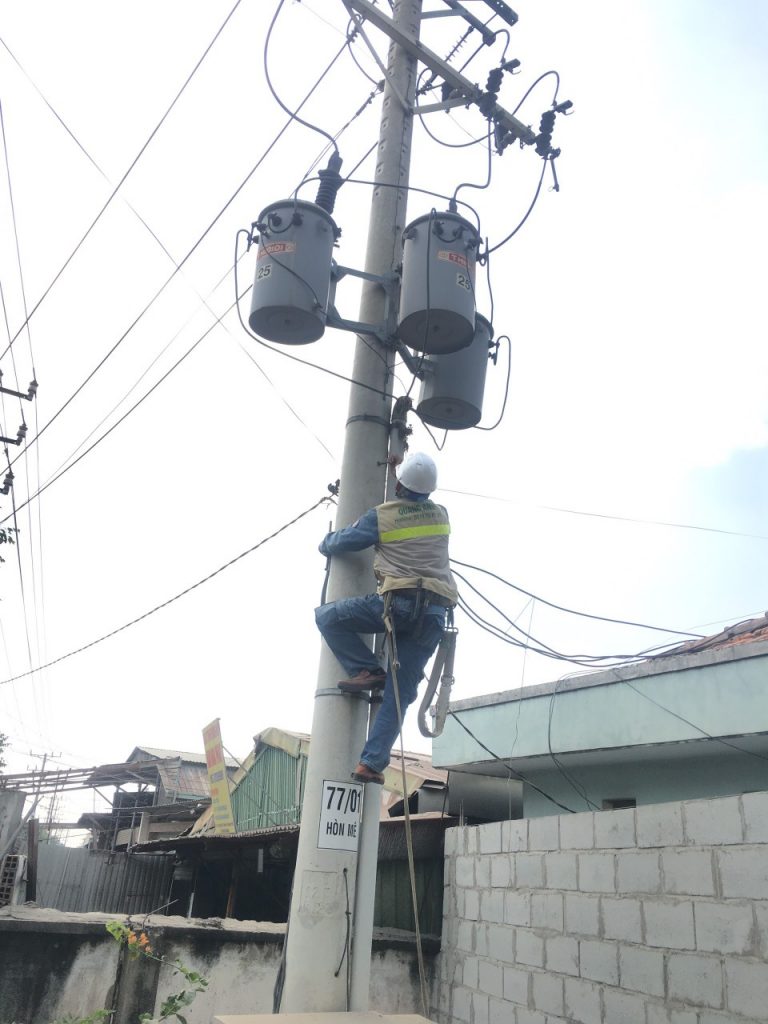Tin Tức
Quotation for Transformer Substations and Effective Selection Guide
The quotation for transformer substations is unstable and can vary based on capacity, type of substation, and installation location. In this article, we will explore classification, reference price list, and notes when choosing a transformer substation.
Classification and Applications of Transformer Substations
Transformer substations are classified based on their usage such as intermediate substation converting high voltage to medium and distribution substations lowering medium voltage to low for residential and industrial applications. Common designs include rail substation, suspended substation, floor substation, enclosed substation, and kiosk substation. Each type has its specific applications and suitability corresponding to the specific technical and load requirements of each project.
In the power transmission system, transformer substations play a crucial role, ensuring stable and efficient power supply from the source to the consumer. The classification of transformer substations helps optimize electrical system design and operation, fitting specific conditions.
One of the most common ways to classify transformer substations is by voltage.
Classification of Transformer Substations by Voltage:
- Extra High Voltage: Extra high voltage substations with voltages above 500 kV play an important role in transmitting power over extremely long distances.
- High Voltage: High voltage substations with voltage ranges from 66 kV to 500 kV, typically 66 kV, 110 kV, 220 kV, and 500 kV, serving the national power transmission network.
- Medium Voltage: Voltage from 6 kV to 35 kV, suitable for mid-sized and small factories, including levels of 6 kV, 10 kV, 15 kV, 22 kV, and 35 kV.
- Low Voltage: For residential and industrial power distribution with voltages below 1 kV, commonly 0.4 kV and 0.2 kV.
Classification of Transformer Substations by Type and Application:
- Hanging Transformer Substation: Placed at movable locations on poles, commonly found in areas with small power consumption.
- Rail Transformer Substation: Uses a support frame between two columns, suitable for residential areas or medium-sized factories.
- Floor Transformer Substation: Set up with a transformer sitting on a concrete base, typically applied in rural areas or small factories.
- Enclosed Transformer Substation: Designed to be placed indoors, ensuring safety and aesthetics, fitting for urban areas.
- Kiosk Transformer Substation: This type features a steel shell with three main compartments: medium voltage, low voltage, and transformer compartment, commonly found in industrial zones.
Classification by Function (Intermediate and Distribution):
- Intermediate Transformer Substation: Used to convert power from high (110 kV to 220 kV) to medium levels (22 kV to 35 kV), typically place outdoors.
- Distribution Transformer Substation: Receives power from intermediate substations and transforms it down to a suitable voltage for the low-voltage network.
A reasonable and practical choice for each project is crucial to ensure the effectiveness and safety of the electrical system.

Factors Affecting Transformer Substation Quotation
The quotation for transformer substations is significantly affected by the substation’s capacity, design type, and installation location. Reference prices may range from over 250 million to 1.5 billion VND, depending on the substation from 100kVA to 1000kVA. Requirements for materials, operation costs, and specific installation standards of each project also play crucial roles in determining the final cost.
To better understand the factors affecting the transformer substation quotation, we will examine each aspect related to cost determination in detail.
-
Project scale and transformer substation capacity:
The capacity of the transformer substation is a core factor directly influencing the quotation. A larger capacity substation requires more materials and equipment along with a more complex design, resulting in increased initial investment costs. -
Installation location:
Installing a transformer substation in easily accessible areas can save on transportation and construction costs. Conversely, remote and complex terrain areas will increase costs. -
Terrain and infrastructure condition:
The terrain and infrastructure where the installation takes place greatly affect the overall cost. Necessary auxiliary works in difficult geological areas will extend construction time and cost. -
Technology and equipment:
Using modern technologies and equipment like products from brands such as ABB, Mitsubishi, Schneider can expedite project execution, even if the costs are higher compared to using regular equipment. -
Labor costs:
The skill level and experience of workers also determine costs, as high-quality staff generally demand higher wages. -
Licenses and legal factors:
Completing necessary legal procedures and licenses before starting construction is an indispensable factor affecting the implementation time and additional costs. -
Design type of transformer substation:
Depending on the type of substation, such as hanging or comprehensive kiosk substation, costs will differ, avoiding confusion with distinct designs and materials. -
Brand and product quality:
Products from reputable brands often guarantee quality and longevity, but come with higher prices. -
Market demand and economic conditions:
The economic situation and demand in the market affect the price of materials and equipment, thus impacting the transformer substation quotation.
Important Notes When Choosing a Transformer Substation
When selecting a transformer substation, attention must be given to the required capacity and the suitability of the substation type with the installation terrain. Design and construction costs also need detailed calculation to ensure economic efficiency and installation safety. Additionally, it is important to comply with current installation regulations to ensure project quality as well as safety during operation, particularly when electrical loads exceed specified levels like 40kW.
Selecting a transformer substation is a key factor in modern electrical systems, especially when required to enhance supply capacity and transformer safety. Some important factors to consider are as follows:
Installation Location
The transformer substation should be placed in a safe area, avoiding regions prone to flooding or dampness. Convenient observation helps maintain effective transformer substation maintenance and facilitates regular inspections.
Weight and Load Distribution
Proper distribution of weight and load is a decisive factor helping the transformer substation operate stably, avoiding unwanted vibrations.
Selecting the Transformer
Choosing the transformer that matches the load capacity required is essential. Particularly, selecting a transformer with a reserve capacity will help save energy and extend equipment life, ensuring operation under 80% of maximum capacity.
Protection and Safety Systems
Transformer safety can be enhanced through an effective lightning protection system, while ensuring worker safety with warning signs and lighting.
Integration of Control and Monitoring Systems
An automatic control system helps monitor performance and detect potential issues timely, optimizing the use and maintenance of the substation.
Ground and Heat Dissipation
Ensuring the ground has good electrical conductivity and appropriate load-bearing ability is necessary. The use of a heat dissipation system helps maintain the substation temperature at a safe level.
Compliance with Standards
Complying with international, national, and local standards not only ensures safety but also enhances the operational quality of the transformer substation.
Energy Source Backup
A backup system is an important factor ensuring continuous operation of the transformer substation in all situations.
Traffic and Utilities
Convenience in traffic along with access to basic utilities like water and electricity is an important supporting factor.
Regular Inspection and Maintenance
Planning regular maintenance helps maintain performance and extend the life of the transformer substation, preventing unwanted incidents.

Through a thorough review of the transformer substation quotation and affecting factors, businesses can make strategic investment decisions accordingly. Making the right choice helps optimize costs and ensure safety for the entire electrical system.
Contact QuangAnhcons via Hotline: 09 1975 8191 for in-depth consultation on a transformer substation suitable for your project.
QuangAnhcons provides comprehensive solutions regarding transformer substations, ensuring quality from consulting, designing to installation, helping to optimize costs and operational efficiency.